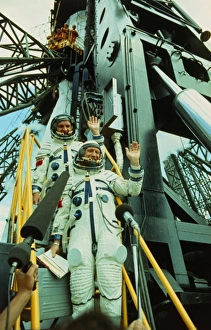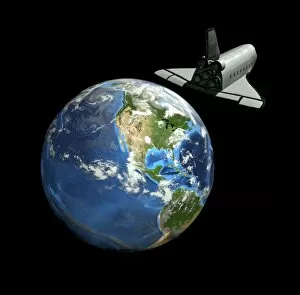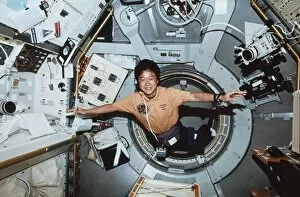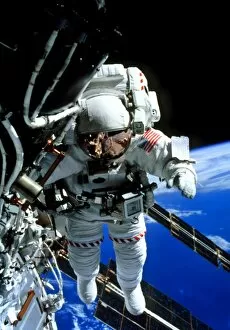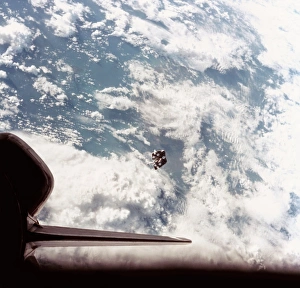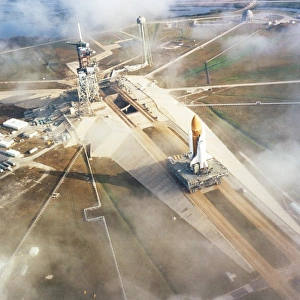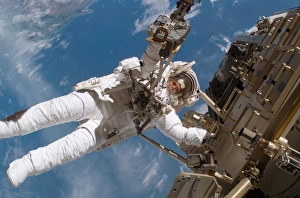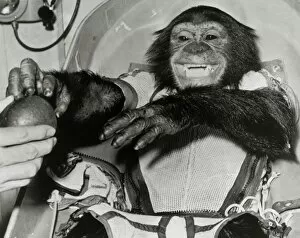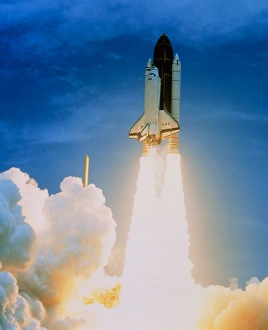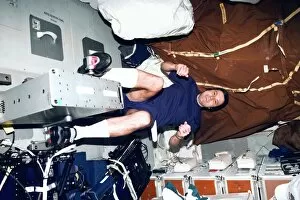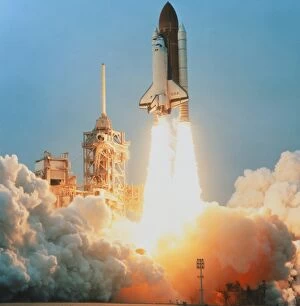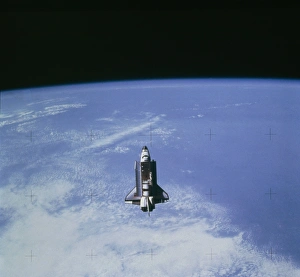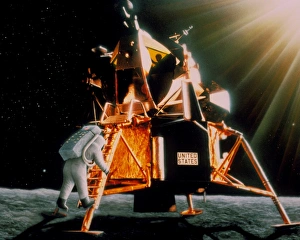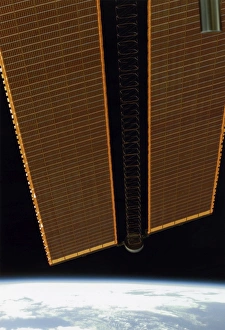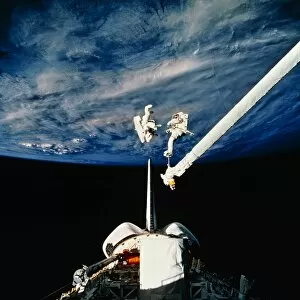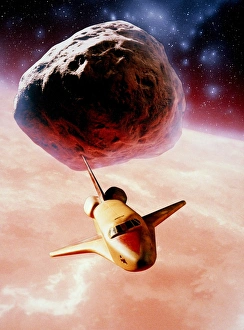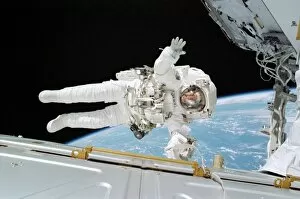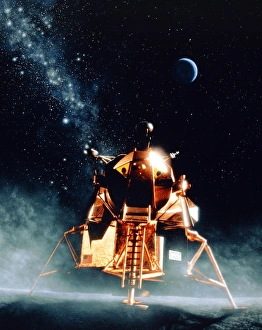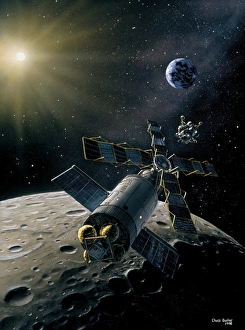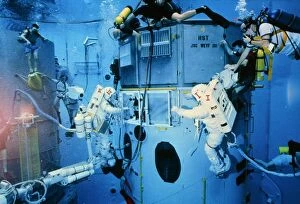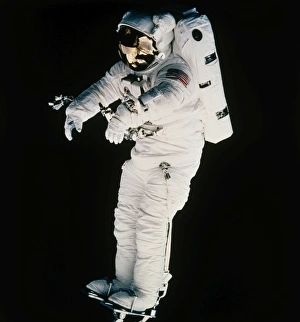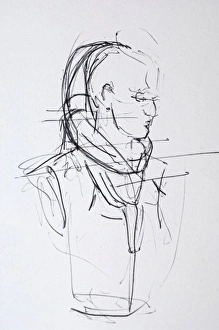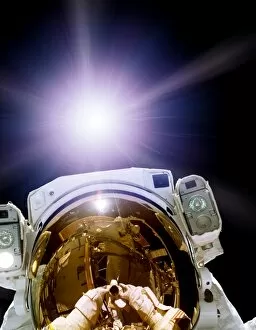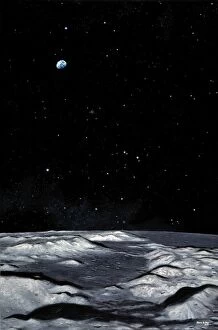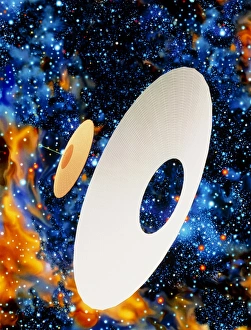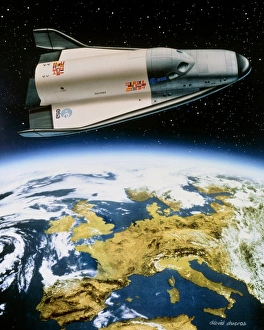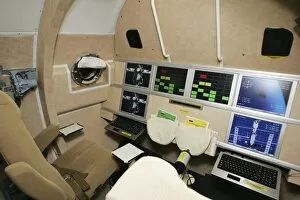Manned Spaceflight Collection (page 6)
"Mankind's Journey Beyond Earth: A Captivating Saga of Manned Spaceflight" Embarking on an extraordinary odyssey
All Professionally Made to Order for Quick Shipping
"Mankind's Journey Beyond Earth: A Captivating Saga of Manned Spaceflight" Embarking on an extraordinary odyssey, Apollo 8 astronauts witnessed a breathtaking sight - the mesmerizing Earthrise over the Moon. In that awe-inspiring moment, humanity's perspective forever changed as they beheld our fragile blue planet suspended in the vastness of space. Apollo 11 continued this remarkable voyage, capturing another iconic image - Earthrise photographed from their spacecraft. As Neil Armstrong and Buzz Aldrin left their footprints on lunar soil, they etched humanity's indelible mark upon the Moon's desolate surface. In 2008, aboard the International Space Station, astronauts marveled at both the wonders of weightlessness and a stunning view of our home planet. From this celestial vantage point, they glimpsed Earth's beauty and realized its profound interconnectedness. Yet amidst these triumphs were tales of sacrifice; Laika, the brave space dog who paved the way for human exploration with her pioneering journey into orbit. Her legacy lives on as a reminder of those who dared to venture beyond earthly confines. The year 1961 marked a pivotal milestone when Alan Shepard became America’s first man in space during his historic mission. This groundbreaking achievement ignited an era where dreams soared higher than ever before. Astronaut Alan Bean found himself standing upon lunar terrain during Apollo 12 – his presence serving as testament to mankind’s relentless pursuit of knowledge and discovery. With each step he took on that alien world, he brought us closer to unraveling cosmic mysteries. An astronaut gazing back at Earth from within Moon’s embrace evoked profound introspection about our place in the universe. The pale blue dot we call home appeared both fragile and resilient—a stark reminder to cherish and protect it for future generations. As Gemini 7 orbited above our planet like a silent sentinel in space, it symbolized humanity’s quest for understanding through scientific exploration.

